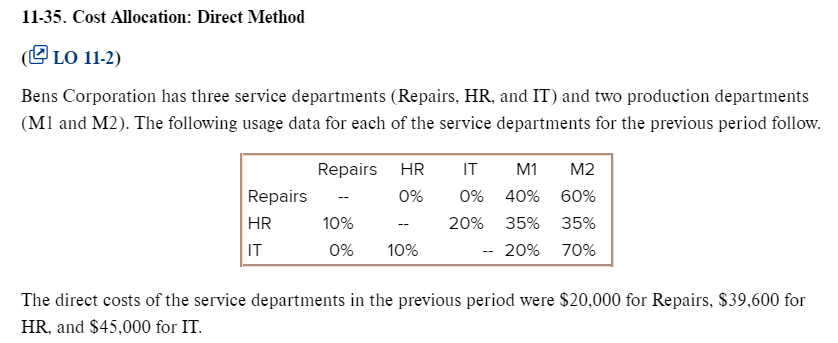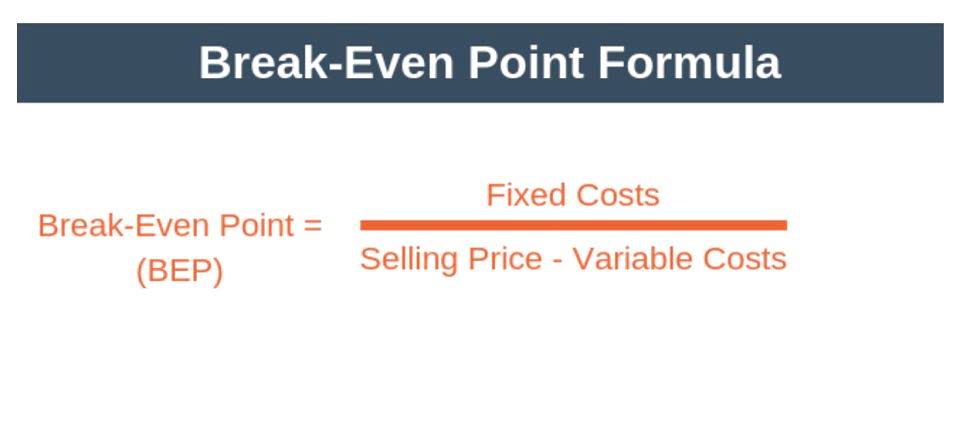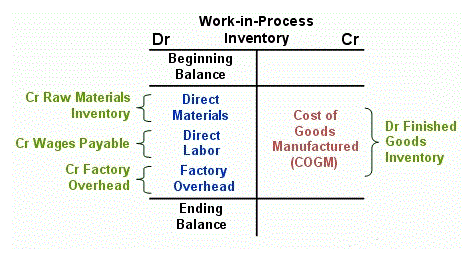
The literature search identified a number of primary studies investigating the efficacy of psychological interventions for children and young people. However, the participant population in the majority of these studies did not reach inclusion criteria for drinking severity and could not be classified as dependent/harmful. See Table 86 for a summary of the clinical review protocol for the review of psychological interventions for children and young people. The review team conducted a systematic review of RCTs that assessed the beneficial or detrimental effects of behavioural therapies in the treatment of alcohol dependence or harmful alcohol use. See Table 50 (above, in Section 6.11) for a summary of the study characteristics.
3. MATCHING EFFECTS/SEVERITY
Additionally, the treatments across studies are not comparable because the studies used different body parts for acupuncture treatment, different types of control group, had different length of treatment and follow-up, and varied significantly in sample size. Although the quality of these trials are acceptable in the most part, the number of studies are limited and there is not enough evidence to confirm the benefit of acupuncture in maintaining abstinence or reducing the amount of alcohol consumed. Therefore no clinical recommendations are made but the GDG has developed a recommendation for further research. Acupuncture is a form of Chinese medicine that has been practiced for over 3,000 years (Jordan, 2006).
26.2. Summary of the NCCMH 2008 review

Other therapies (namely couples therapies and coping skills) showed significant benefits over counselling in maintaining abstinence at longer follow-up periods of up to 18 months. In the standard TSF condition, people who misuse alcohol were given an AA schedule and encouraged to attend sessions. Counsellors and patients reviewed relapse prevention, but treatment was more focused on psychoeducation. In the intensive TSF condition, standard treatment was provided and counsellors actively arranged AA meeting attendance. WALITZER2009 assessed a directive approach to TSF versus a motivational approach to TSF in addition to treatment-as-usual (coping skills).

Alcohol use disorders and other alcohol-attributable harm: a public health perspective

However, the primary aim of the treatment appears to be encouraging the person who misuses drugs or alcohol to enter treatment. psychological dependence on alcohol All interventions for people who misuse alcohol should be the subject of routine outcome monitoring. This should be used to inform decisions about continuation of both psychological and pharmacological treatments. If there are signs of deterioration or no indications of improvement, consider stopping the current treatment and review the care plan. No significant difference was observed between a psychoeducational intervention and other active interventions in attrition rates and other drinking-related variables.

Breaking the Stigma: Supporting First Responders Struggling with Addiction
In addition, other therapies (that is, counselling) were significantly better than multi-modal treatment in reducing the number of participants who had lapsed (small effect size). However, this was not the case at 12-month follow-up because no difference between groups was observed. Furthermore, no difference was observed between multi-modal treatment and other therapies in reducing the number of days drinking, the quantity of alcohol consumed and attrition up to 12-month follow-up. At 1-month follow-up, brief couples therapy was more effective than more intensive couples therapy in maintaining abstinence (moderate effect size). Furthermore, no significant benefit of more intensive couples therapy over brief couples therapy in reducing heavy drinking was observed up to 18-month follow-up.
- Participants are asked to keep a journal of AA attendance and participation, and are given AA literature relevant to the ‘step’ of the programme that they have reached.
- On the morning of one of those big days, you lose track of time and miss your chance to pick up a can on your way to the office.
- Through its interaction with neocortical GABAA-receptors, alcohol can directly attenuate aversive memories.
- Thereby, alcohol effects on 5-HT activity depended on sex/gender and on the emotional traits of an organism, which supports the role of alcohol in personality trait self-management 201, 202.
- It must be noted that the comparison between social network and environment-based therapies versus control was based on a single study.
We have years of experience in the addiction space and contracts with many of the big name insurance providers. By providing your name, contact information, and insurance provider, we can communicate directly with your insurance provider to find out if you are in-network with our facilities, the length of stay covered, and more without the hassle of having you contact the company directly. All information is confidential, and there is no obligation to enter treatment. Here, we briefly share the basics about AUD, from risk to diagnosis to recovery. This article introduces a number of AUD topics that link to other Core articles for more detail. In therapy, you’ll typically explore patterns that trigger your use and work to create new patterns of thought and behavior.
Case management
It has the primary aim of offering information about the condition, as well as providing support and management strategies. Psychoeducational intervention for alcohol misuse involves the use of education videos, literature and lectures that highlight the health and lifestyle risks of excessive alcohol consumption. It is not usually used as a formal method of treatment, but an adjunct to conventional treatment methods. Psychoeducational attention control treatment (PACT) is a form of manual-based psychoeducational therapy developed by Fals-Stewart and Klostermann (2004) and used in some alcohol treatment trials. The review team conducted a systematic review of RCTs that assessed the beneficial or detrimental effects of contingency management in the treatment of alcohol dependence or harmful alcohol use. The clinical evidence showed that no significant difference could be found between motivational techniques and other active interventions in maintaining abstinence at up to 15-month follow-up.
- See Table 47, below, for a summary of the clinical review protocol for the review of behavioural therapies.
- Therefore, the study did not directly assess the cost-effectiveness of adding psychological intervention to home detoxification.
- The major limitations of this analysis were the lack of descriptive detail on the resource use and costs considered whilst no incremental analysis was presented.
As you drink more, you become intoxicated and unsteady, and you might do or say things you normally won’t. CPM initiated the review, performed the analysis, and wrote the first draft of the manuscript. This is an open-access article distributed under the terms of the Creative Commons Attribution-Noncommercial-Share Alike 3.0 Unported, which permits unrestricted use, distribution, and reproduction in any medium, provided the original work is properly cited. At the time of publication of the NICE guideline (February 2011), oral naltrexone did not have UK marketing authorisation for this indication. Behavioural therapies focused on alcohol-related problems should usually consist of one 60-minute session per week for 12 weeks. Based on these estimates the average cost of a BCT intervention would be £900 per couple.
This effect appears to involve CRF activity because CRF antagonists block stress-induced reinstatement of alcohol-seeking behavior (Gehlert et al. 2007; Le et al. 2000; Liu and Weiss 2002b). From a clinical standpoint, this is important because it underscores the value of these models in identifying and evaluating new treatment strategies that may be more effective in battling the problem of relapse. There is an increasing recognition that alcohol misuse affects the entire family and the communities in which these families live but what constitutes best practice in the area is not well understood (Copello et al., 2006). What is not in doubt is the considerable suffering and hardship experienced by many families where a family member has a significant alcohol misuse problem (Orford et al., 2005).
















